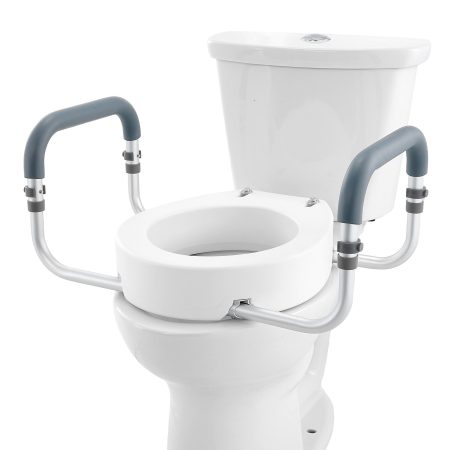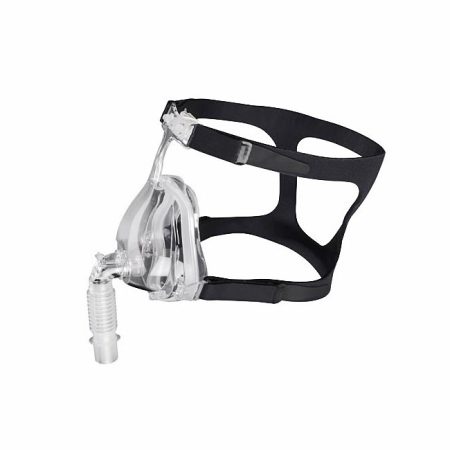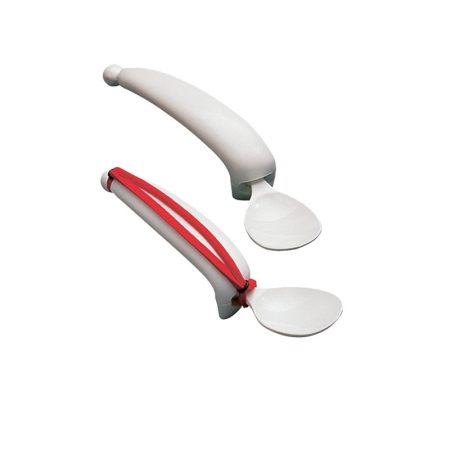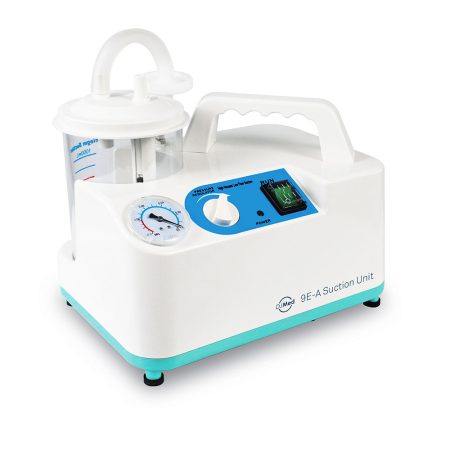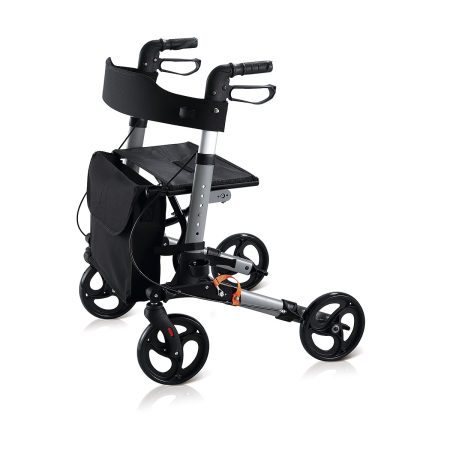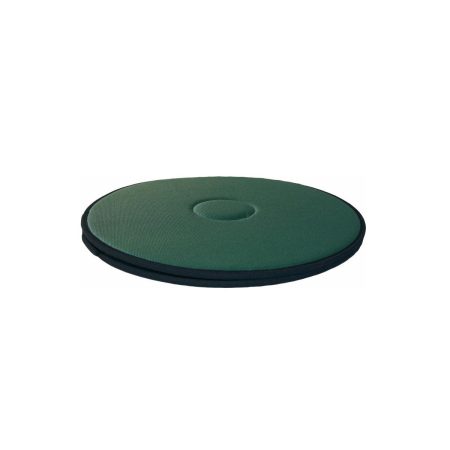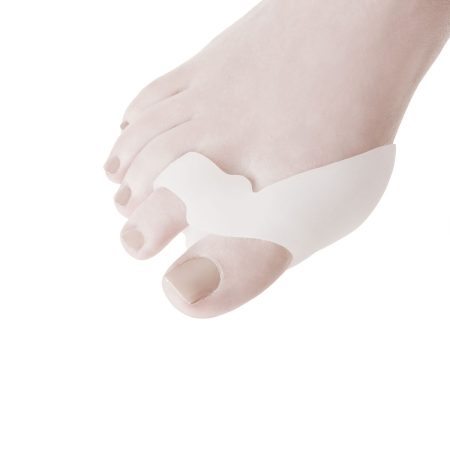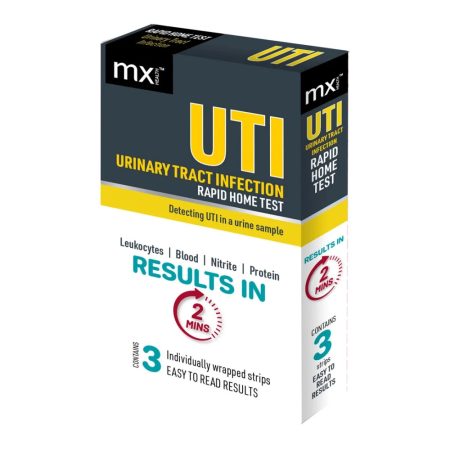Medical Equipment | Health Care Innovations in Australia

Health care australia innovations refer to new and improved methods, technologies, and practices that enhance the delivery of health care services. These innovations can range from advanced medical devices and new treatment protocols to digital health solutions and improved patient care practices. In recent years, the focus on health care innovations has increased significantly, driven by the need to improve patient outcomes, increase efficiency, and reduce costs.
Importance of Innovations in Health Care Australia

In Australia, health care innovations play a crucial role in addressing the diverse needs of the population. With the rise in chronic diseases, an aging population, and the ongoing impact of the COVID-19 pandemic, there is a growing demand for innovative solutions that can provide better care. Innovations in Health Care Australia ensure that patients receive high-quality care that is accessible, affordable, and effective. They also help Australian health care centre to stay competitive and meet international standards.
Advances in Medical Technology
Latest Medical Technologies in Use
Medical technology has seen remarkable advancements in recent years. Some of the latest technologies being used in Health Care Australia include:
- Robotic Surgery Systems: These systems allow surgeons to perform complex procedures with greater precision and control.
- Wearable Health Devices: Devices such as smartwatches and fitness trackers monitor vital signs and provide real-time health data.
- Artificial Intelligence (AI) and Machine Learning: AI is used for diagnostic purposes, predictive analytics, and personalized treatment plans.
- Telemedicine Platforms: These platforms enable remote consultations, making health care more accessible to people in remote areas.
How These Technologies Improve Patient Care
The integration of these technologies into the Australian health care system has several benefits:
- Enhanced Accuracy: Robotic surgery and AI-powered diagnostics improve the accuracy of medical procedures and diagnoses.
- Convenience: Wearable devices and telemedicine platforms make it easier for patients to monitor their health and consult with doctors from the comfort of their homes.
- Personalized Care: AI and machine learning enable the creation of personalized treatment plans tailored to the individual needs of each patient.
- Accessibility: Telemedicine and wearable devices increase access to health care services, especially for those in remote or underserved areas.
Travel Oxygen Concentrators

What Is a Travel Oxygen Concentrator?
A travel oxygen concentrator is a portable medical device that provides oxygen therapy to patients with respiratory conditions. Unlike traditional oxygen tanks, these concentrators draw in air, filter out nitrogen, and deliver concentrated oxygen to the patient. They are lightweight, battery-operated, and designed for easy transport, making them ideal for patients who need oxygen therapy on the go.
Benefits of Travel Oxygen Concentrators for Patients
Travel oxygen concentrators offer several advantages for patients:
- Mobility: Patients can move freely and maintain an active lifestyle without being confined to their homes.
- Convenience: These devices are easy to carry and use, allowing patients to travel without worrying about their oxygen supply.
- Continuous Oxygen Supply: Travel oxygen concentrators provide a continuous flow of oxygen, ensuring that patients receive the necessary therapy at all times.
- Improved Quality of Life: By enabling greater mobility and independence, travel oxygen concentrators enhance the overall quality of life for patients with respiratory conditions.
Soft Toilet Seat Cushions
Overview of Soft Toilet Seat Cushions
Soft toilet seat cushions are designed to provide extra comfort and support for individuals who spend extended periods sitting on the toilet. These cushions are made from soft, padded materials that relieve pressure on the skin and reduce the risk of discomfort or injury. They are especially beneficial for elderly individuals, people with disabilities, or those recovering from surgery.
Benefits for Patient Comfort and Care
Soft toilet seat cushions offer several benefits that contribute to patient comfort and care:
- Enhanced Comfort: The padded surface provides a comfortable seating experience, reducing pressure on sensitive areas.
- Support: These cushions offer additional support, making it easier for individuals with mobility issues to sit and stand up from the toilet.
- Hygiene: Many soft toilet seat cushions are designed with removable, washable covers, ensuring that they remain clean and hygienic.
- Prevention of Pressure Sores: By distributing weight evenly, these cushions help prevent pressure sores and skin irritation, particularly for individuals who are at higher risk.
Innovations in Patient Mobility and Comfort

New Mobility Aids and Their Impact
Recent innovations in mobility aids have significantly improved the quality of life for individuals with mobility challenges. Some of these new aids include:
- Electric Wheelchairs and Scooters: These devices offer enhanced mobility and independence for individuals with limited movement.
- Advanced Walkers and Rollators: Modern walkers and rollators come with features like adjustable height, built-in seats, and storage compartments.
- Exoskeletons: Wearable robotic exoskeletons assist individuals with paralysis or severe mobility issues in walking and performing daily activities.
Enhancements in Patient Comfort Solutions
In addition to mobility aids, various comfort solutions have been developed to enhance patient well-being:
- Adjustable Beds: Hospital beds with adjustable settings improve comfort and make it easier for patients to get in and out of bed.
- Ergonomic Furniture: Chairs and recliners designed with ergonomic principles provide better support and reduce the risk of discomfort or injury.
- Pressure-Relieving Mattresses: These mattresses are designed to distribute weight evenly, reducing the risk of pressure sores and improving sleep quality.
Digital Health and Telemedicine
Role of Telemedicine in Australian Health Care Centre
Telemedicine has become an integral part of the Australian health care system, providing patients with convenient access to medical services without the need to visit a health care centre physically. This technology allows doctors and health care professionals to consult with patients via video calls, phone calls, or online messaging platforms. The role of telemedicine includes:
- Remote Consultations: Patients can consult with their doctors from the comfort of their homes, reducing the need for travel and minimizing the risk of exposure to infectious diseases.
- Follow-Up Care: Telemedicine is ideal for follow-up appointments, where in-person visits may not be necessary.
- Chronic Disease Management: It helps in managing chronic conditions by providing regular monitoring and support.
- Access to Specialists: Patients in rural or remote areas can access specialist care that might not be available locally.
Benefits and Challenges of Digital Health Solutions
Digital health solutions offer numerous benefits, but they also come with certain challenges:
- Benefits:
- Improved Access: Patients in remote areas can access high-quality care.
- Convenience: Reduced need for travel and waiting times.
- Cost-Effective: Decreases the cost associated with transportation and hospital visits.
- Enhanced Monitoring: Continuous health monitoring through wearable devices and mobile apps.
- Challenges:
- Technical Issues: Connectivity problems and lack of technical know-how can hinder the effectiveness of telemedicine.
- Privacy Concerns: Ensuring patient data privacy and security is crucial.
- Regulatory Barriers: Varying regulations across regions can complicate the implementation of telemedicine services.
- Limited Physical Examination: Some medical conditions require physical examination, which telemedicine cannot provide.
Personalized Medicine and Treatment

What Is Personalized Medicine?
Personalized medicine is a medical approach that tailors treatment to the individual characteristics of each patient. This approach takes into account factors like genetics, lifestyle, and environment to develop customized treatment plans. Personalized medicine aims to provide more effective and targeted therapies, minimizing side effects and improving patient outcomes.
How Personalized Treatments Are Changing Patient Care
Personalized treatments are revolutionizing patient care in several ways:
- Targeted Therapies: By understanding a patient’s genetic makeup, doctors can prescribe medications that are more likely to be effective and less likely to cause adverse reactions.
- Preventive Care: Personalized medicine can identify individuals at high risk for certain diseases, allowing for early intervention and preventive measures.
- Improved Patient Outcomes: Customized treatments lead to better health outcomes and faster recovery times.
- Reduced Health Care Costs: By avoiding ineffective treatments, personalized medicine can reduce the overall cost of health care.
Future Trends in Health Care Innovations
Emerging Trends in Health Care Technology
The future of health care is being shaped by several emerging trends in technology:
- Artificial Intelligence (AI): AI is being used for diagnostics, predictive analytics, and personalized treatment plans.
- Wearable Health Devices: Wearable devices that monitor vital signs and health metrics in real-time.
- 3D Printing: 3D printing technology is being used to create custom prosthetics, implants, and even human tissue.
- Blockchain Technology: Ensuring secure and transparent handling of patient data and medical records.
Predictions for the Future of Health Care Australia
Health care in Australia is expected to evolve significantly with these trends:
- Increased Adoption of AI: AI will become more prevalent in diagnostics, treatment planning, and administrative tasks.
- Expansion of Telemedicine: Telemedicine will continue to grow, providing wider access to health care services.
- Personalized Medicine: Personalized treatments will become the norm, leading to better patient outcomes.
- Sustainable Health Care: Continued focus on sustainability will drive innovations in eco-friendly medical solutions.
Encouragement to Embrace New Health Care Technologies
As health care continues to evolve, it is important for patients, health care providers, and health care centres to embrace these new technologies and practices. By staying informed and adopting innovative solutions, we can ensure that Health Care Australia remains at the forefront of delivering high-quality, efficient, and sustainable care.





